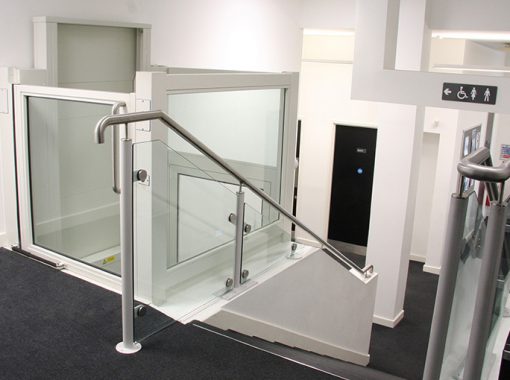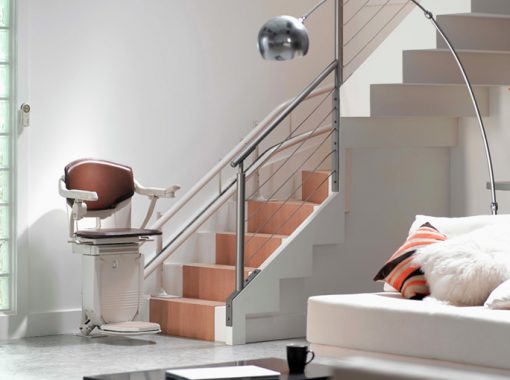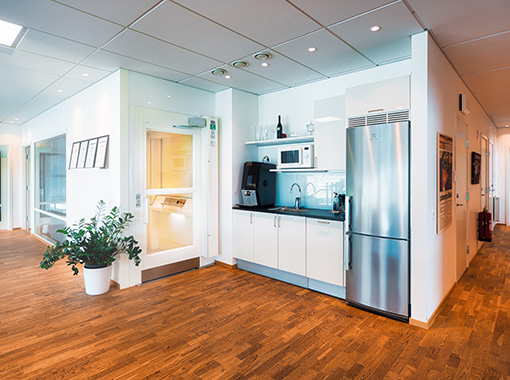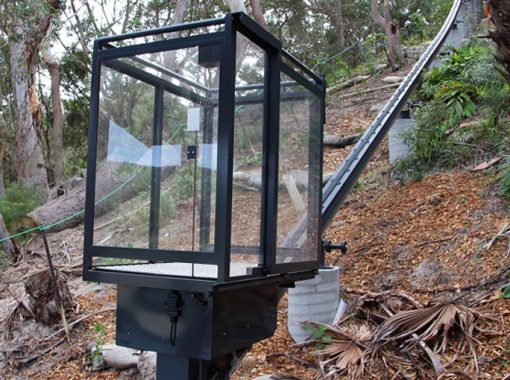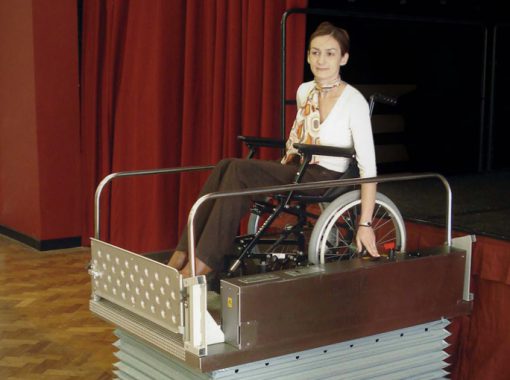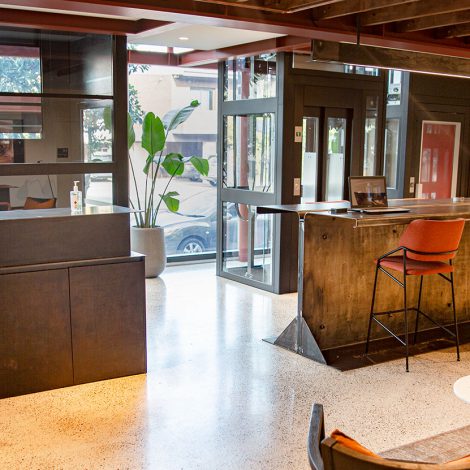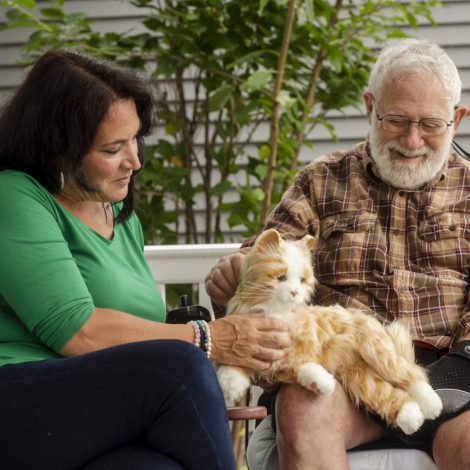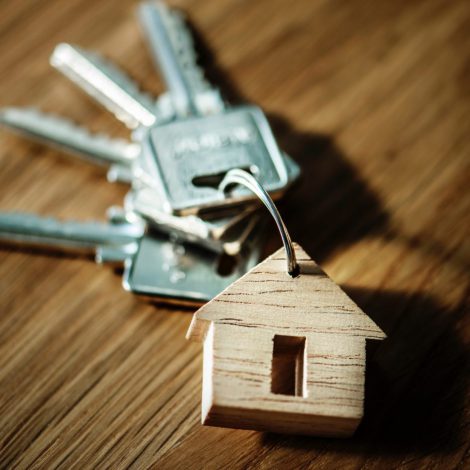Does it make more financial sense to live at home or to move to an assisted living facility?

For each person, the answer to this question will be different. The right answer for you will depend on many factors, including your personal abilities, the home’s architectural barriers, the size and condition of your home, and the number of caregiver hours you require.
In this article we highlight the financial aspects to take into consideration when deciding whether to stay in your own home or move to an Assisted Living Facility or a Nursing Home. The financial aspects are of course only one of the components necessary for making this important life decision.
Expenses for Nursing Homes
The amount you’ll pay for an aged care home, which can also be referred to as a nursing home or aged care facility, depends on a number of things, including the type of accommodation you need or have chosen.
When it comes to payments there are four areas that can have an impact on the amount you’ll end up paying.
We’ll explain each of these in more detail below.
The basic daily fee
All residents of an aged care home are asked to pay something toward their daily living expenses. This is called the basic daily fee and the things you receive for this are:
- Your meals
- Cleaning of the home and your room
- Your laundry being washed and dried and delivered to your room
- Heating and cooling
- Some personal care
- Assistance with daily living
- Some medical care and pharmaceutical services
The Australian Government has set the maximum price for the daily fee and this amount is reviewed twice a year, in March and September.
The maximum daily fee for a permanent resident of an aged care home is based on the Age Pension. The Government has set the maximum daily fee amount at 85 percent of the annual single basic Age Pension.
So for example, as at 20 March 2019 the single basic Age Pension is $843.60 per fortnight. 85 percent of this is $717.06 per fortnight or $51.21 per day as the maximum daily fee.
Learn more about pension including rates at the Department of Human Services government website.
An accommodation payment
How much you pay for this depends on your assets and your income. If you have less than $49,500 in assets or annual income then you won’t have to pay anything.
If you have or receive more than $49,500 in assets and annual income, then you can be asked to pay an accommodation payment but you have some choice about how you pay for this.
Payment amounts can vary from care home to care home and from room to room. They are set depending on the accommodation type and features of the home. The cost to look after someone in residential aged care could be as high as $107,562 per year. The Government pays a significant portion of this amount with resident contributions dependent on income and assets.
Your choice of the way you pay the aged care home is decided before you move in but you can have a change of mind in the first 28 days.
You can choose to pay for accommodation in different ways, such as the following options:
Payment option #1 – Refundable Accommodation Payment (RAD)
This is a single payment to the aged care home, similar to an interest-free loan.
The balance of the deposit is mostly refundable to you or your estate when you leave the home after the amounts which have been used to pay for agreed services have been deducted.
Payment option #2 – Daily Accommodation Payment (DAP)
A rental-style payment calculated on a per day basis that is not refundable.
In this option you pay an amount, most often monthly, for your accommodation, which is calculated based on a daily rate. These payments are not refunded when you leave the home.
* The government-set interest rate is called the MPIR (Maximum permissible interest rate). See the current MPIR rates on the dss website)
Payment option #3 – A combination of a single payment (RAD) and rental-style payments (DAP)
You may choose to pay a smaller RAD and a larger DAP or the other way around. This really depends on your personal circumstances.
Remember though that the way you pay the fees and charges should be agreed upon before you move into an aged care residence, although you still have up to 28 days after admission to change your choice of payment.
Means-tested fees
The means test looks at your financial assets and your income to determine how much you can contribute to the cost of your care.
Depending on the overall amount you may be asked to pay an additional means-tested amount (fee) for your care.
There is a limit (price cap) on this fee, which at the moment is $27,532.59 (20 March 2019).
Your contribution may change as your income and assets go up and down depending on the share market, and property prices and bank deposits change.
Regardless of those fluctuations you can never be asked to pay more than the capped amount.
Extra service fees
Some aged care homes are specifically designed for people who are able to pay for a higher level of luxury, so if you choose to move into one of these then an extra services fee may apply.
Extra services might include a very plush large room or services such as bedside phone, easy access to the internet, special therapies or special beverages like wine and spirits.
Difficulties paying your accommodation fees
If you are unable to pay for care because of financial difficulties, you can apply for financial hardship assistance from the government. If your application is successful, the government will lower your accommodation costs.
Read more about how the Government can help lower costs at My Aged Care.
Changes to fees
If you and a service provider have an agreement on the accommodation price then this amount will remain in place unless you choose to change rooms or facilities.
The fee structures mentioned above only apply to people entering aged care since 1 July 2014.
If you entered aged care before this date then your original bond arrangements apply, unless you leave care for more than 28 days or move to a different facility.
Respite care
If you’re looking for a temporary stay in a nursing home then you’ll only need to pay a fee for the days you’ll be staying, just like a hotel.
This fee is the same as the basic daily fee paid by permanent residents.

Expenses for Assisted Living Facilities
Unfortunately there is no easy answer to this question as each residential service is able to set its fee based on commercial factors. These factors include local property prices, building costs, standard of accommodation, room type and market demand.
The first thing to know is that you can check the service’s website or the government’s website www.myagedcare.gov.au to see the price listing for each residential service. This will help you to work out if you can afford to move into that service.
The second thing to know is that these prices are not absolutely fixed. The service provider cannot charge you more than the published amount but in some cases, if you cannot afford the published rate the provider may be willing to negotiate a lower rate for you (or you may qualify for government concessions to reduce the amount you need to pay).
When checking the price listing for rooms you may find that each residential service has a range of prices depending on the type of room and quality of accommodation. For example, a single room with a private bathroom may require a higher accommodation payment than a single room with a shared bathroom.
For respite in an Extra Services home you may be asked to pay an extra fee to cover the cost of the higher standard of services.
While you need to ensure that you can afford to pay the requested payment and still have resources left to meet living expenses you should not just look for the cheapest price. You need to think about location, standard of accommodation, lifestyle, access to amenities and privacy issues. This is not unlike the decisions you make when buying property or staying at a hotel.
It is not uncommon to see accommodation payments of $250,000 – $550,000 across Australia but higher prices can also be expected. The average accomodation payment is just under $400,000.

Example of Accomodation Payment:
Alice has agreed to pay an accommodation payment of $380,000 for her room. At the time she enters care the interest rate for accommodation is 5.78% per annum. This is now her fixed rate.
Therefore, in her Resident Agreement it states that Alice agrees to pay either:
- A refundable accommodation deposit (RAD) of $380,000, or
- A daily accommodation payment (DAP) of $60.18 per day ([$380,000 x 5.78%] / 365), or
- A part RAD with DAP interest on the unpaid portion.
Alice signs the agreement and moves into care. She does not immediately pay any RAD so she will start paying the $60.18 per day for her accommodation in addition to any other care fees.
After seeking advice, she chooses to pay $200,000 as a RAD. When this is paid, her DAP payable reduces to $28.50 per day ([$180,000 x 5.78%] / 365).

Cost of Upgrading Your Home
Basic home modifications — including installing grab bars, sturdy handrails along stairs, replacement rugs, better lighting and lever-handled doorknobs — can cost up to $10,000. Meanwhile, more extensive renovations — such as removing or reducing the height of steps, adding a ramp, lowering cabinets, installing a stairlift or vertical lift and installing a generator to protect against power loss — can cost up to $100,000.
Summary
Wanting to age at home is a natural preference. Home feels comfortable, safe and easy, and many people probably assume it is the more affordable option. On balance – financially – it looks as if staying at home is the less costly option – if your assistance levels are low. If your care requirements rise, it becomes more cost effective to move. This decision will be based on a lot more considerations than money, but it’s an important to understand the financial implications to your decisions.

